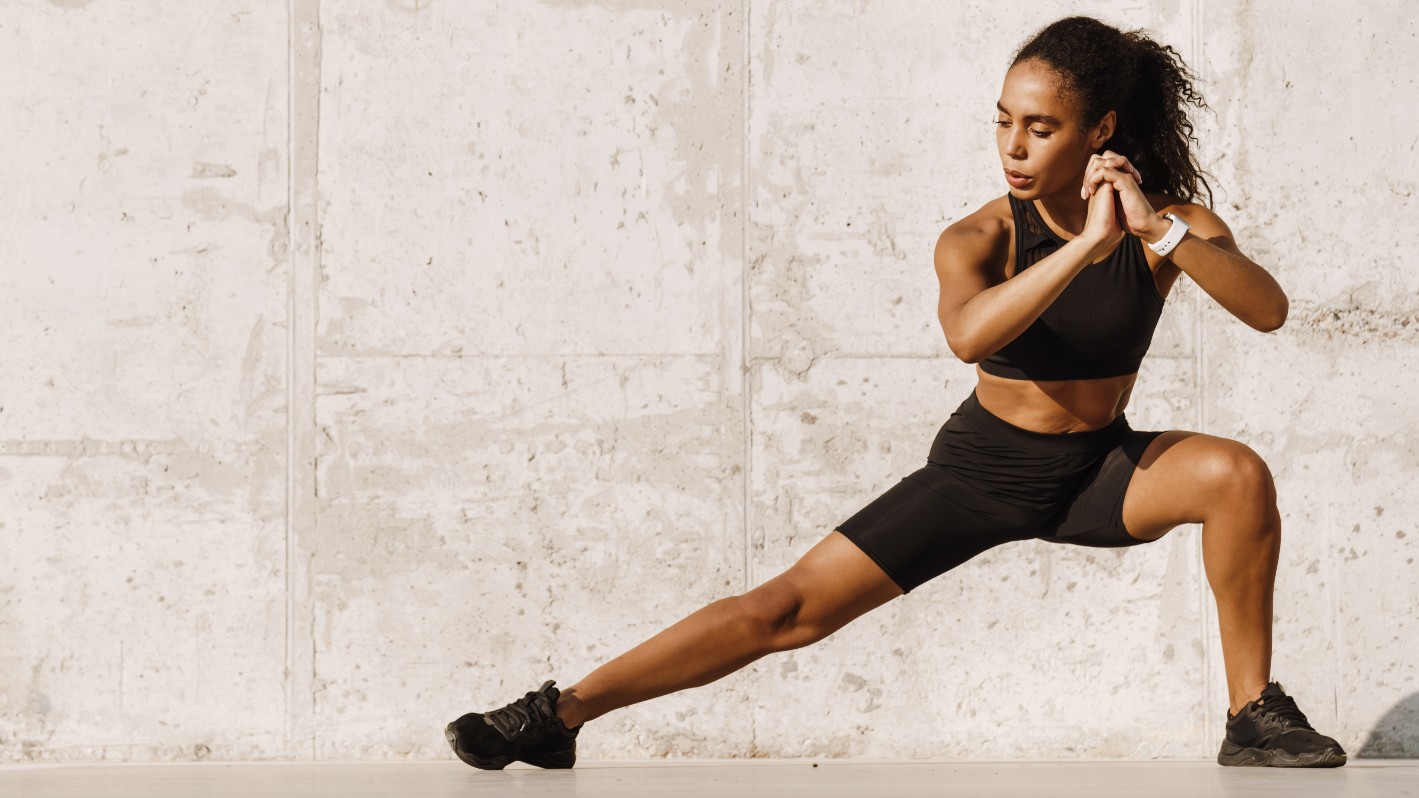
The 3-3-3 workout rule is being hailed as the ultimate gym split if you want to build strength and muscle, improve cardiovascular fitness and recover properly. As a trainer, I’m often wary of rigid workout routines, but the beauty of this one? There are no real rules to follow outside of the basic workout structure.
The 3-3-3 weekly schedule involves three days of strength training, three days of cardio, then three days of rest and active recovery like gentle walking, cycling, or swimming. It offers structure, is beginner-friendly and prevents overtraining from a lack of rest and recovery.
Here’s everything you need to get started yourself.
What is the 3-3-3 rule in the gym?

As mentioned, the rule splits different training modalities into three-day segments, allowing you to focus on strength training, cardio and rest while giving your exercise plan diversity and a certain amount of freedom.
Given there’s research to suggest that you only need to work out twice a week to see the benefits, the 3-3-3 workout split offers you enough consistency that you can progressively overload your training plan and still include rest. Plus, it includes opportunities to add cardio — the minimum amount of cardio, according to guidelines, is 150 minutes of moderate-intensity aerobic activity per week — then enjoy restful activities like walking the dog or cycling.
While I don’t believe you need this many sessions to improve your overall health and wellbeing, there’s no set amount of time you need to spend on each session or a workout to follow.
On that basis, you could choose three 20-minute dumbbell workouts if you wanted to, followed by one or two short runs or even interval walks like Japanese Interval Walking. Your remaining movement could be spent getting outdoors and enjoying active recovery.
Get instant access to breaking news, the hottest reviews, great deals and helpful tips.
Does the 3-3-3 method work?

There’s no reason it shouldn’t — your best chance of increasing cardiovascular fitness, lean muscle mass and strength is following a consistent and progressive routine that you can adapt as you get fitter and stronger. The 3-3-3 method plays perfectly into that.
However, I would argue that three strength sessions and three cardio sessions could be too much for beginners, but, as mentioned, you can choose your workouts yourself, starting with short but effective routines and building as you get stronger.
Your three days of rest should sit within the week rather than be added onto the end of six days straight of training, allowing you to combine sessions if you want to, while benefiting from days off for active recovery. You don't need to complete three strength, three cardio and three rest in that order.
How to start 3-3-3 workouts yourself
- Strength days: Strength should focus on strengthening and muscle-building using resistance training. You could split these into three full-body workouts or upper, lower and core.
- Cardio: Your cardio days can mix between intensities like steady-state exercise for endurance or high-intensity anaerobic sessions. Running, spin, or cross training can all be used on cardio days.
- Rest/ recovery: Gentle walks, stretching, Yin yoga, or swims can be included on your rest days, or you could choose to do nothing but recharge.
Regardless of how you choose to split your time, ensure you provide enough flexibility to adapt based on how your body feels, and stop if you experience any adverse effects. Here's an example of a split I made earlier:
- Monday: Strength and cardio such as a 20-minute weighted HIIT class
- Tuesday: Rest
- Wednesday: Cardio such as a 3-5k run
- Thursday: Strength such as a weightlifting routine
- Friday: Rest
- Saturday: Strength and cardio
- Sunday: Rest.
More from Tom's Guide
Follow Tom's Guide on Google News and add us as a preferred source to get our up-to-date news, analysis, and reviews in your feeds. Make sure to click the Follow button!
- I swapped running for 'Jeffing' for a week — and now I'm hooked
- I'm a PT for seniors: My 3 go-to exercises to instantly boost your balance as you age
- I tried the 5-4-5 walking technique for a week — and it boosted my fitness and mood

Sam Hopes is a level 3 qualified trainer, a level 2 Reiki practitioner and fitness editor at Tom's Guide. She is also currently undertaking her Yoga For Athletes training course.
Sam has written for various fitness brands and websites over the years and has experience across brands at Future, such as Live Science, Fit&Well, Coach, and T3.
Having coached at fitness studios like F45 and Virgin Active and personal trained, Sam now primarily teaches outdoor bootcamps, bodyweight, calisthenics and kettlebells.
She also coaches mobility and flexibility classes several times a week and believes that true strength comes from a holistic approach to training your body.
Sam has completed two mixed doubles Hyrox competitions in London and the Netherlands and finished her first doubles attempt in 1:11.
You must confirm your public display name before commenting
Please logout and then login again, you will then be prompted to enter your display name.
